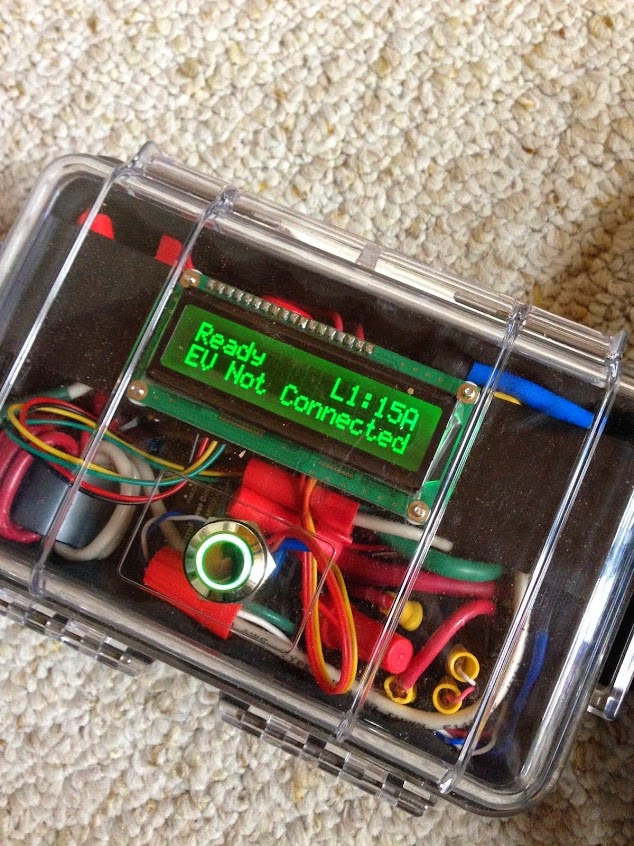Yeah, The meters are amazingly inexpensive. When I first purchased one I thought $18 was a good deal. Now you can buy them for around $10 shipped.
They work well and I have had no failures in service. I did burn one up since they switched connections and I did not notice.
They work well and I have had no failures in service. I did burn one up since they switched connections and I did not notice.




